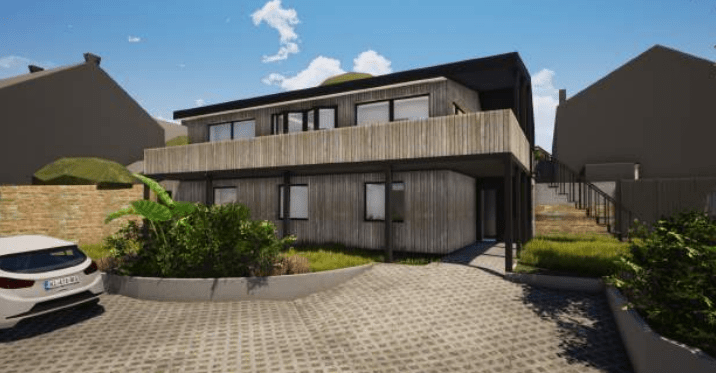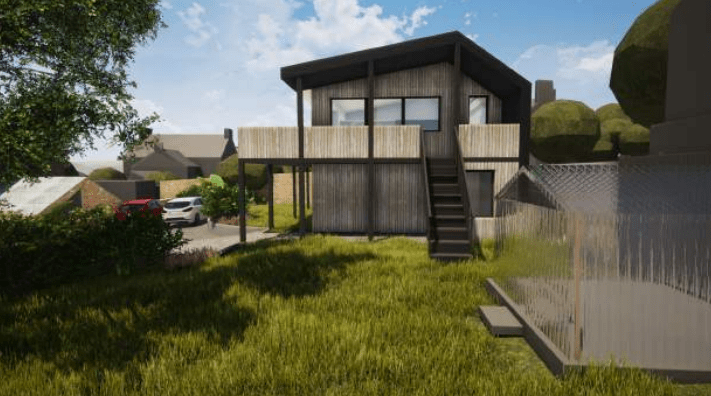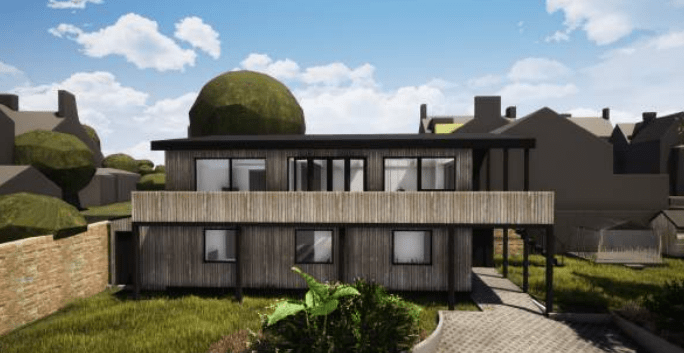
A net zero eco-home was said to look “very interesting” by a Penrith town councillor at its planning meeting on Monday.
Peter and Kate Clement have applied to Eden Council for planning permission to replace their existing home in Lowther Street with a three-bed house designed to PassivHaus standard on the same footprint and height of what was there at present.
Deputy town clerk Ros Richardson said the property was in Penrith New Streets conservation area, but it could not really be seen from the road due to the large trees in front. The meeting was told the proposal included the removal of three small trees, but the plan was to retain the large trees.
Town councillor Hilary Snell said: “It looks very interesting and I think the house as it is now is not of particular interest. To me, I think it will enhance the area.”
However, fellow councillor Mike Shepherd said he did not think it looked good, but admitted that what it was replacing did not look very good, either.

The meeting was told that the applicants did look at trying to get it clad in sandstone, but unfortunately the framework of PassivHaus does not support sandstone.
It was agreed that no objection be made by the town council, but that Eden Council’s planners would be asked to consider the size of the balcony after it was raised as a point of concern by town mayor Charlie Shepherd.
Rod Hughes, director of 2030 Architects, in a report accompanying the application, said aesthetically the scheme would be more positive than the existing structure which was a tired 1950s-style building which arguably detracts from the beauty of the conservation area.
The existing property was constructed in the 1870s from sandstone and was originally a coachhouse/stable for Caroline/ Hameln House which neighbours the site.
During 1950s or 60s dry dash render was applied to the entire exterior in an attempt to combat the porous nature of sandstone.
He said: “The brief is to create a replacement property which will achieve the Passivhaus standard.“

The project will also strive towards achieving net zero through the use of integrated photovoltaic panels applied to the south west roof plane.
The dimensions of the proposed scheme are based upon the existing buildings and act as parameters to the design to minimise the impact on neighbouring buildings.
“The internal layout will be configured to create an ‘upside down house’, taking advantage of the existing views across to the Northern Fells from the living spaces.
“A wrap-round balcony will provide private external amenity space from the living area on the south west and south east elevations to utilise the scenic location.”































